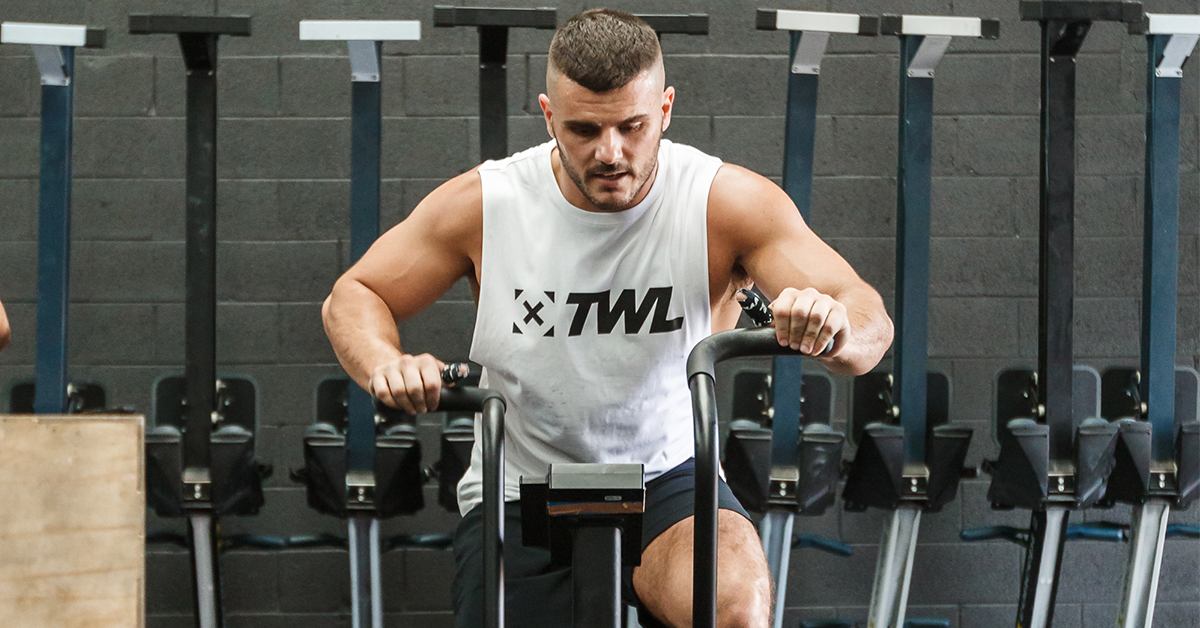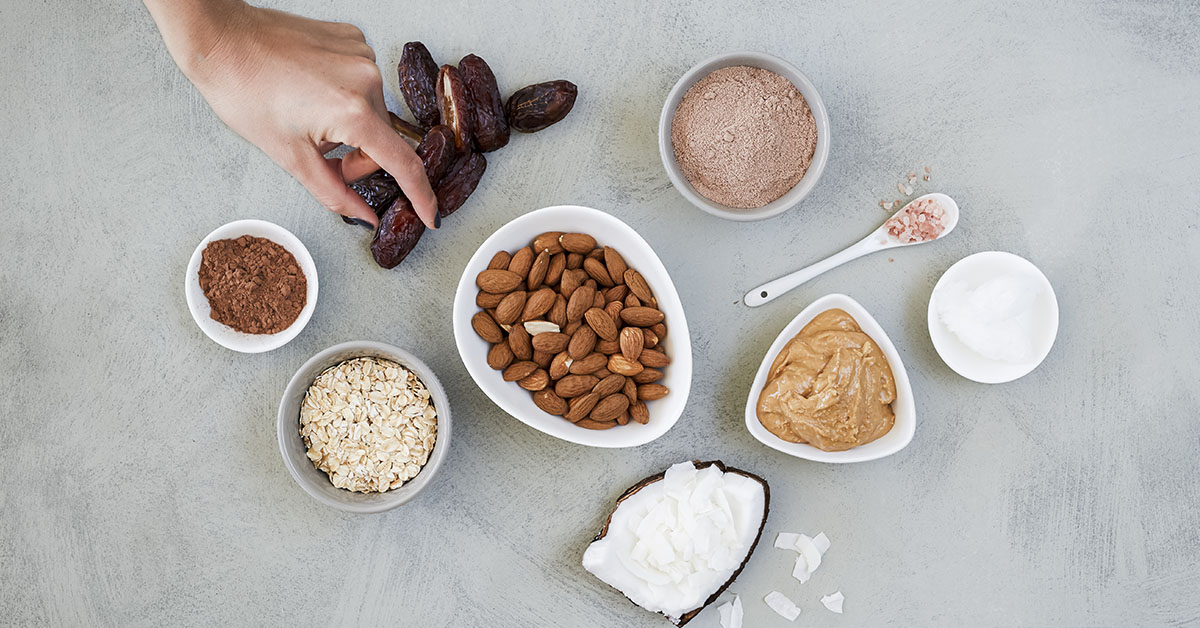We all have that one body part (or three) that we’re insecure about because we just can’t get it to shape up the way we want it to. But shedding off fat is no easy task, especially when it comes to needing to change our habits to get there — which is almost always the case.
Spot reduction, or targeted weight loss, is a type of workout that is supposedly intended to burn fat in a specific area of the body. This concept is highly popular, with many workout routines and exercise equipment marketed for this purpose. Spot training is also appealing to those who have consistently struggled to shed weight and achieve the results they want. But the question stands – can you target fat loss?
The Truth Behind Spot Reduction and Trying to Target Fat Loss
To cut to the chase – no, you cannot target fat loss. It’s understandable why this misconception is popular; the logic that you burn the fat directly around the muscle groups at work sounds intuitive enough. But it all boils down to the science and how fat works. Spot reduction is a myth mainly due to two reasons:
- Body fat occurs in the form of triglyceride which, unfortunately, the muscles cannot use directly. For fat to be useable as energy for the body, it must be broken down and convert into glycerol and free fatty acids which can enter the bloodstream. The thing is, fat-turned-energy that is expended can come from anywhere in the body, not just the specific body part that you’re working out.
- Exercises and fancy equipment which claim to reduce fat in a specific area typically only work on small muscle groups. They don’t require significant calorie burning and don’t contribute much to your overall health. If you’re not burning calories and using up energy, then you’re not going to lose a lot of fat.
In essence, spot reduction does not work because it doesn’t follow the science-backed principles of fat loss. You need to use energy to burn fat, and the fat that gets converted to energy comes from all over the body. This is why you can’t really target fat loss.
So, if you’re doing endless crunches and your waistline isn’t getting any smaller, it’s not you.
The Real Keys to Fat Loss
But here’s the great news: The true science behind fat loss is simpler than you might think. Regular exercise and a balanced, nutritious diet are still the golden practices for losing weight and staying healthy.
A 2013 study in the Journal of Strength and Conditioning Research had participants undergo a 12-week program where they trained their non-dominant legs using a leg press. After 12 weeks, the results showed that there was no significant decrease in body fat percentage in the participants’ legs.
However, there was a dip in their upper body fat. This research supports the science that the fat burned to produce energy is not exclusively taken from the body part being exercised. This also emphasizes that exercise aids in general fat loss.
If you want to have a killer six-pack, ditch the hundred daily crunches and sit-ups. Prioritize strength or resistance training to maintain your muscle mass and keep your muscles toned. Muscle burns more calories; so, the more muscle you have on your body, the more fat it’ll burn, and the leaner you’ll be. Simple.
View this post on Instagram
HIIT is also highly effective for fat loss because of the after-burn phenomenon that raises your metabolism for hours after your workout, so your body converts fat into energy faster than it usually would when resting. (Weight training will have the same effect.)
While it shouldn’t be your main focus, cardio is a good addition when it comes to burning fat. Try to squeeze in an extra hour or two of cardio throughout the week, even if you need to break it up. Don’t overdo it, because this could backfire. For more information, read our blog: Does Cardio Build Muscle?
Exercising consistently is also important because when losing weight, your body eventually adapts by slowing down your metabolism, so you burn fewer calories. This is called thermogenic adaptation. So, even after you’ve shed off the pounds you wanted, you must sustain your workout regimen to avoid gaining the weight back.
In terms of nutrition, a high-protein diet is recommended for fat loss because it takes longer for the body to digest protein. It helps you to feel full longer, so you’re less likely to eat between meals. Plus, protein helps with muscle growth, which is crucial to keep your body in top shape. We want to stress, though, that all three macros are important for your health. Be sure to eat your carbs and fats, too.
If you’re considering eating at a calorie deficit, approach with caution! While this can work, your body needs proper nutrition to recover from strenuous activities and to power you through your daily tasks. We’d also never tell you to deprive yourself of food that you love. Go for that piece of chocolate! Treat yourself to a doughnut after a jog! Grab a scoop of your favorite ice cream! Just remember to keep things in moderation and balance it out with a good workout and lots of protein, fruits, and veggies.
View this post on Instagram
It never hurts to work with a qualified nutrition coach.
Things To Remember About Losing Weight
Hopefully by this point, you understand why the conversation of targeting fat loss isn’t so simple.
Before you embark on your fat loss journey, remember these important facts about fitness. First, have fun! The most effective routines are the ones you genuinely enjoy and look forward to doing. You’re more likely to stick with it long-term if it’s an activity you love. So, if running on a treadmill for 30 minutes a day is not your idea of fun, that’s alright. Sign up for a Zumba class with your friends or go for an afternoon run with your dog. What’s important is that you show up day after day and invest time in your health.
Second, focus on your health, not on your image. Social media will have you believe that being healthy means having abs and that weight gain is only because of eating too much, but neither of those things is true. Weight gain and how fat accumulates in the body are affected by various factors such as genetics, gender, age, and overall lifestyle. For example, women typically have more body fat than men (which is why it’s so hard for women to have abs), and normally hold excess fat in the butt and thighs. But due to hormonal changes during perimenopause and menopause, the fat storage moves to the midsection.
On the other hand, men generally accumulate fat in their belly area all their lives.
So, don’t compare your fat loss progress to others.
Aim to lose weight for a healthier, longer life, with toned muscles and a slim waistline as a nice cherry on top.

















